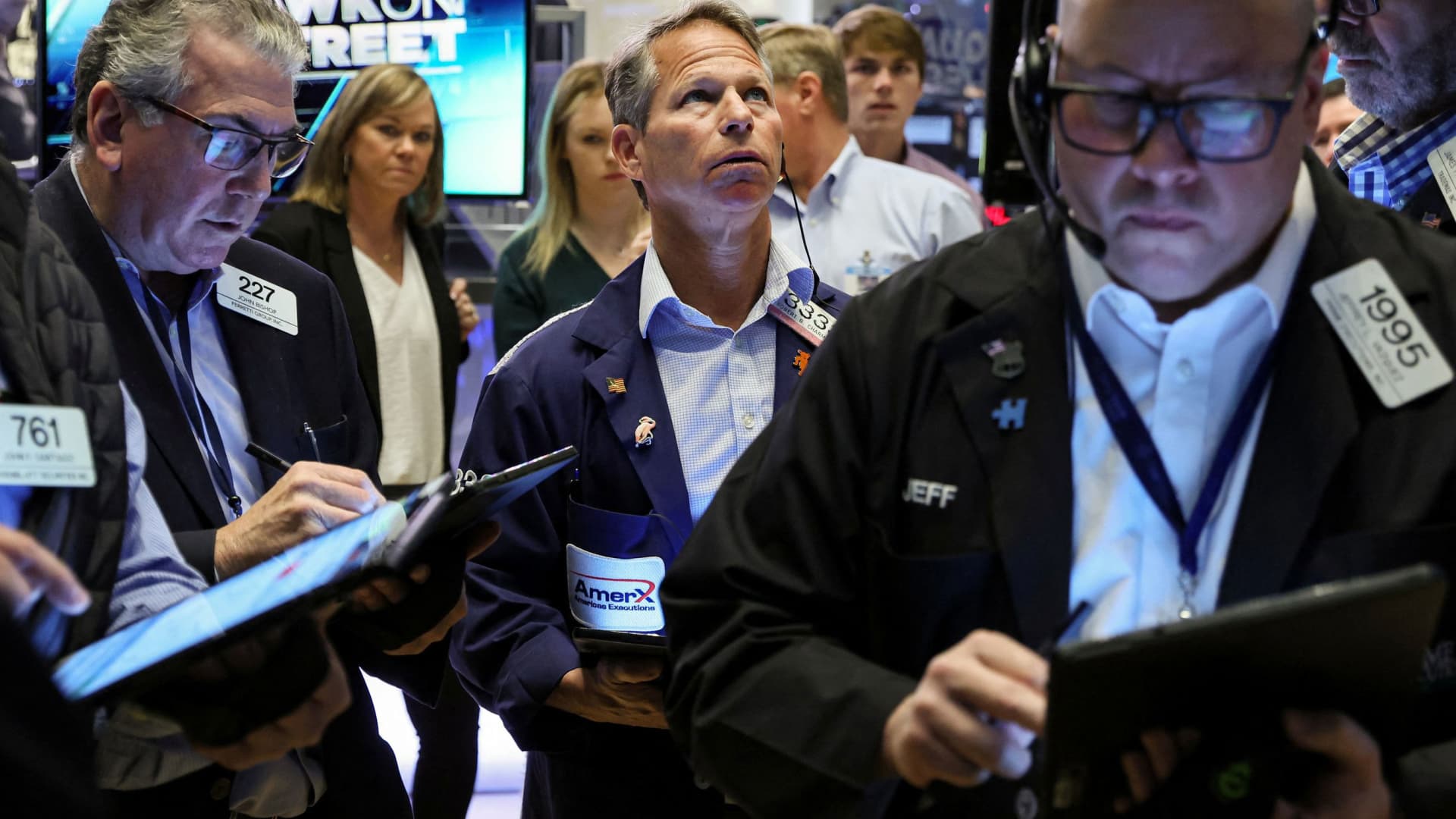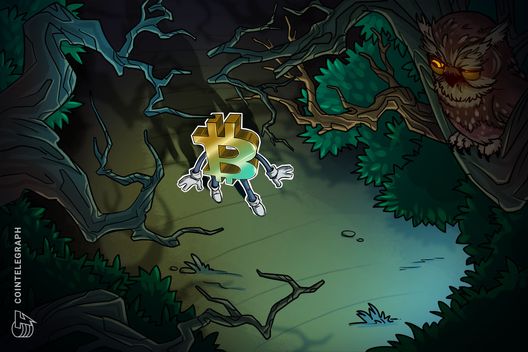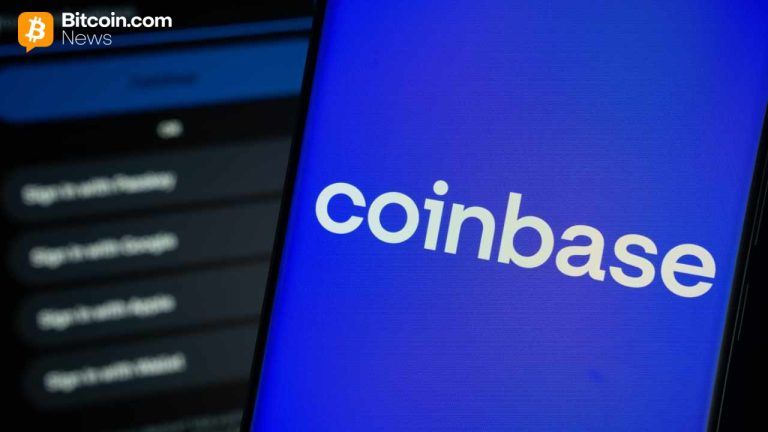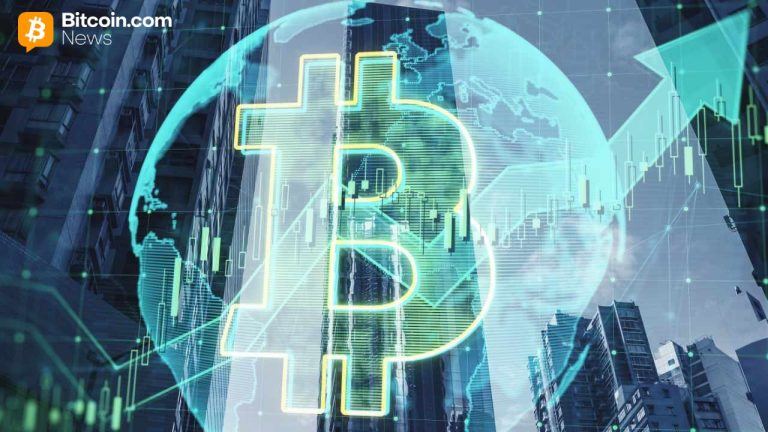A recession could come sooner on cooling bank lending
6 min read
Traders work on the floor of the New York Stock Exchange (NYSE) in New York City, March 13, 2023.
Brendan McDermid | Reuters
Plummeting bond yields, steep drops in oil and stock prices, and a sharp jump in volatility are all signaling that investors fear a recession is now on the near horizon.
Stocks were down Wednesday, as worries about Credit Suisse spooked markets already concerned about U.S. regional banks following the shutdown of Silicon Valley Bank and Signature Bank.
“What you’re really seeing is a significant tightening of financial conditions. What the markets are saying is this increases risks of a recession and rightfully so,” said Jim Caron, head of macro strategy for global fixed income at Morgan Stanley Investment Management. “Equities are down. Bond yields are down. I think another question is: it looks like we’re pricing in three rate hikes, does that happen? You can’t rule it out.”
Bond yields came off their lows and stocks recovered some ground in afternoon trading, following reports that Swiss authorities were discussing options to stabilize Credit Suisse.
Wall Street has been debating whether the economy is heading into a recession for months, and many economists expected it to occur in the second half of this year.
But the rapid moves in markets after the regional bank failures in the U.S. has some strategists now expecting a contraction in the economy to come sooner. Economists are also ratcheting down their growth forecasts on the assumption there will be a pullback in bank lending.
“A very rough estimate is that slower loan growth by mid-size banks could subtract a half to a full percentage-point off the level of GDP over the next year or two,” wrote JPMorgan economists Wednesday. “We believe this is broadly consistent with our view that tighter monetary policy will push the US into recession later this year.”
Bank stocks again helped lead the stock market’s decline after a one-day snap back Tuesday. First Republic, for instance was down 21% and PacWest was down nearly 13%. But energy was the worst performing sector, down 5.4% as oil prices plunged more than 5%. West Texas Intermediate futures settled at $67.61 per barrel, the lowest level since December 2021.
At the same time, the Cboe Volatility Index, known as the VIX, rocketed to a high of 29.91 Wednesday before closing at 26.10, up 10%.
The S&P 500 closed down 0.7% at 3,891 after falling to a low of 3,838.
stx
“Bear market bottoms are usually retested to ensure that the low is truly in. The rising risk of recession is now being exacerbated by the increased likelihood that banks will limit their lending,” noted Sam Stovall, chief market strategist at CFRA. “As a result, the outstanding question is whether the October 12 low will hold. If it doesn’t, we see 3,200 on the S&P 500 being another likely target, based on historical precedent and technical considerations.”
Treasury bonds, usually a more staid market, also traded dramatically. The 2-year Treasury yield was at 3.93% in afternoon trading, after it took a wild swing lower to 3.72%, well off its 4.22% close Tuesday. The 2-year most closely reflects investors’ views of where Fed policy is going.
2 y
“I think people are rightfully on edge. I guess when I look at the whole thing together, there’s a component of the rally in the [Treasury] market that is flight-to-quality. There’s also a component of this that says we’re going to tighten credit,” said Caron. “We’re going to see tighter lending standards, whether it’s in the U.S. for small- and mid-sized banks. Even the larger banks are going to tighten lending standards more.”
The Federal Reserve has been trying to slow down the economy and the strong labor market in order to fight inflation. The consumer price index rose 6% in February, a still hot number.
But the spiral of news on banks has made investors more worried that a credit contraction will pull the economy down, and further Fed interest rate hikes would only hasten that.
For that reason, fed funds futures were also trading wildly Wednesday, though the market was still pricing about a 50% chance for a quarter point hike from the Fed next Wednesday. The market was also pricing in multiple rate cuts for this year.
“Long term, I think markets are doing the right kind of thing pricing out the Fed, but I don’t know if they’re going to cut 100 basis points either,” said John Briggs, global head of economics and markets strategy at NatWest Markets. Briggs said he does not anticipate a rate hike next week. A basis point equals 0.01 of a percentage point.
“Credit is the oil of the machine, even if the near-term shock was alleviated, and we weren’t worried about financial institutions more broadly, risk aversion is going to set in and remove credit from the economy,” he said.
Briggs said the response from a bank lending slowdown could be deflationary or at least a disinflationary shock. “Most small businesses are banked by community regional banks, and after this, even if your bank is fine, are you going to be more or less likely to offer credit to that new dry cleaner?” he said. “You’re going to be less likely.”
CFRA strategists said the Fed’s next move is not clear. “The recent downticks in the CPI and PPI readings, as well as the retrenchment of last month’s retail sales, added confidence that the Fed will soften its rigid tightening stance. But nothing is clear or certain,” wrote Stovall. “The March 22 FOMC statement and press conference is just a week away, but it will probably feel like an eternity. Waiting for tomorrow’s ECB statement and response to the emerging bank crisis in Europe also adds to uncertainty and volatility.”
The European Central Bank meets Thursday, and it had been expected to raise its benchmark rate by a half percent, but strategists say that seems less likely.
JPMorgan economists still expect a quarter-point rate hike from the Fed next Wednesday and another in May.
“We look for a quarter-point hike. A pause now would send the wrong signal about the seriousness of the Fed’s inflation resolve,” the JPMorgan economists wrote. “Relatedly, it would also send the wrong signal about ‘financial dominance,’ which is the idea that the central bank is hesitant to tighten, or quick to ease, because of concerns about financial stability.”
Moody’s Analytics chief economist Mark Zandi, however, said he expects the Fed to hold off on a rate hike next week, and the central bank could signal the hiking cycle is done for now.
He has not been expecting a recession, and he thinks there could still be a soft landing.
“I don’t think people should underestimate the impact of those lower rates. Mortgages will go lower and that should be a lift to the housing market,” he said. Zandi said he does not expect the Fed to turn around and cut rates, however, since its fight with inflation is not over.
“I’m a little confused by the markets saying there’s a 50/50 chance of a rate hike next week, and then they’re going to take out the rate hikes. We have to see how this plays out over the next few days,” he said.
Zandi expects first-quarter growth of 1% to 2%. “But the next couple of quarters could be zero to 1%, and we may even get a negative quarter, depending on timing,” he said.
Goldman Sachs economists Wednesday also lowered their 2023 economic growth forecast, reducing it by 0.3 percentage points to 1.2%. They also pointed to the pullback in lending from small- and medium-sized banks and turmoil in the broader financial system.







